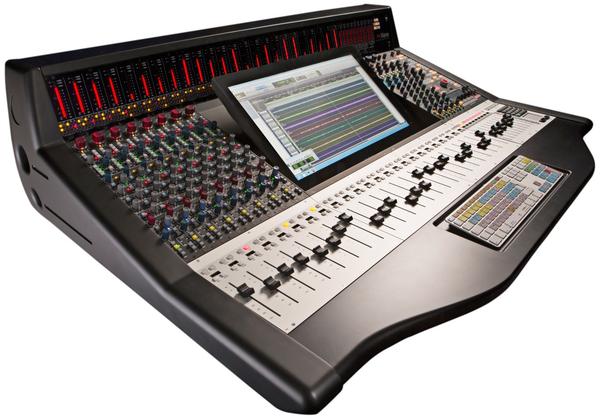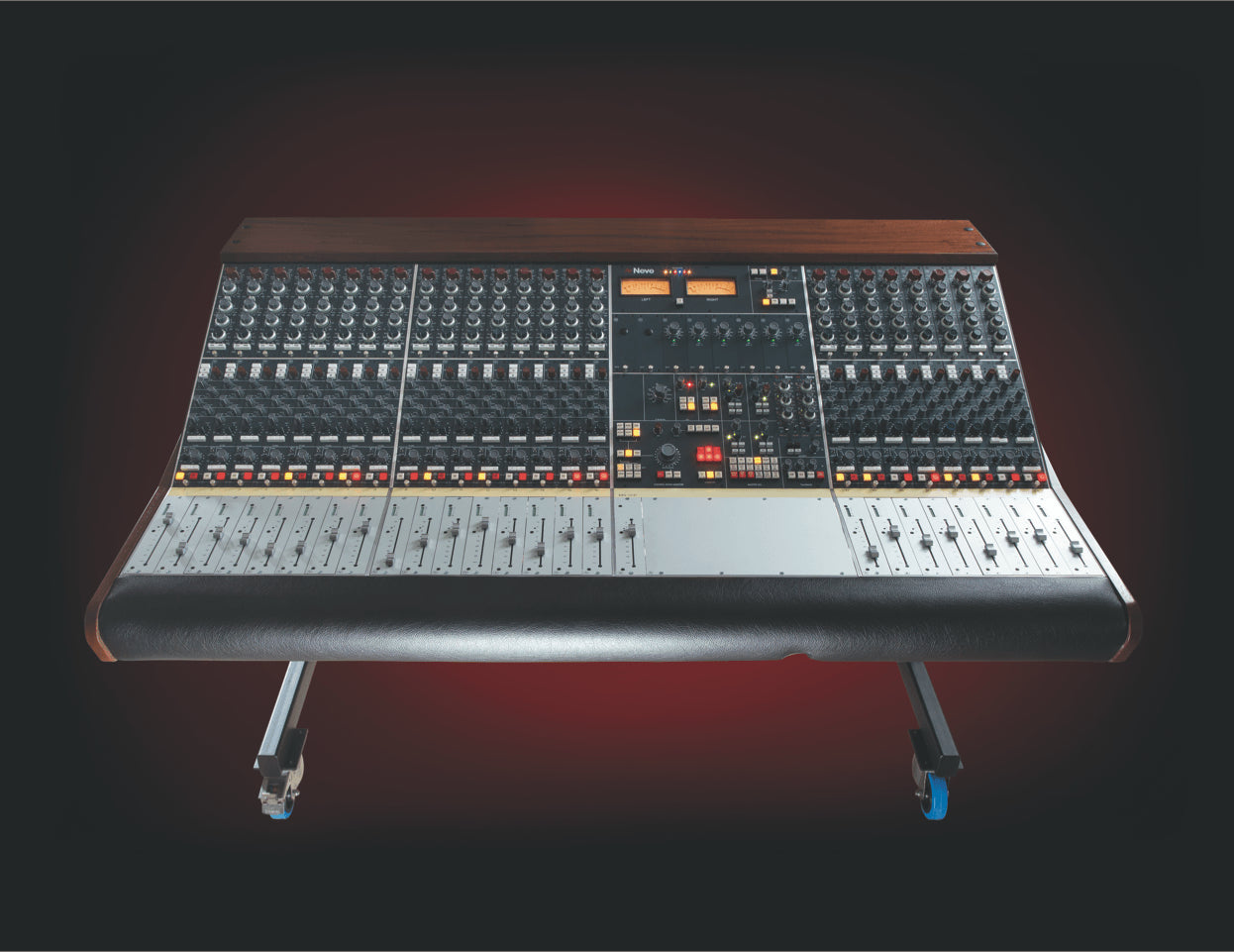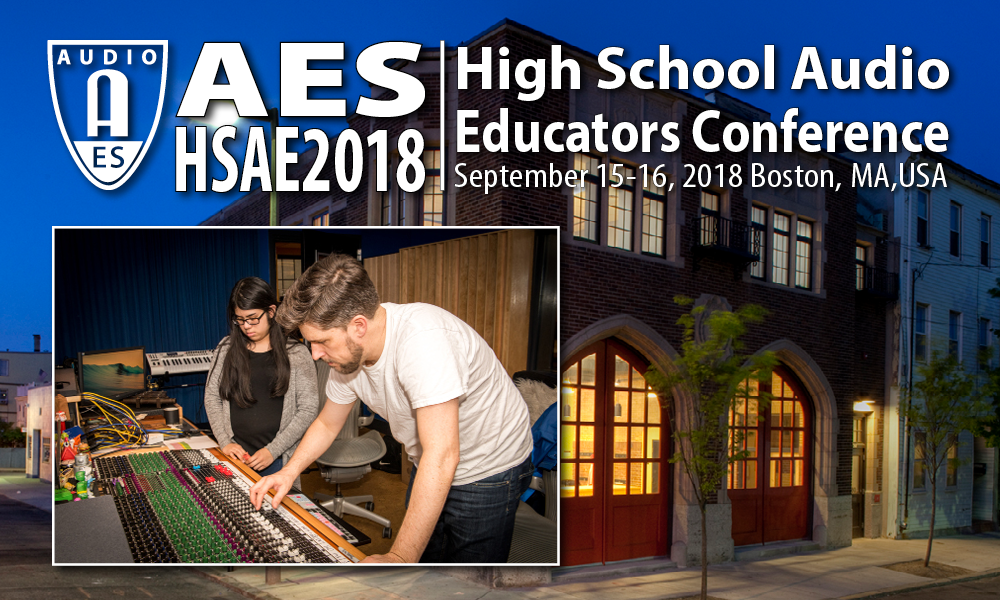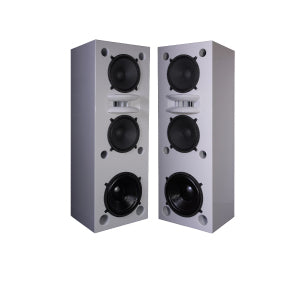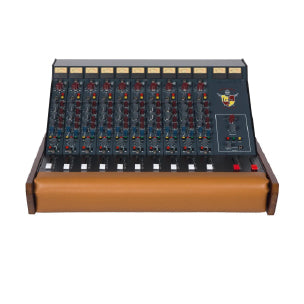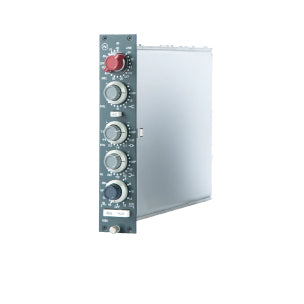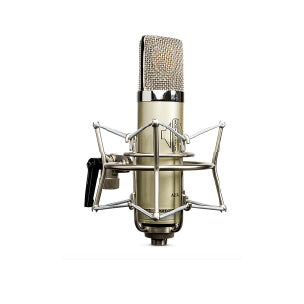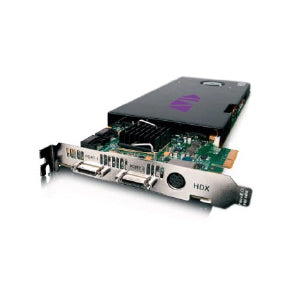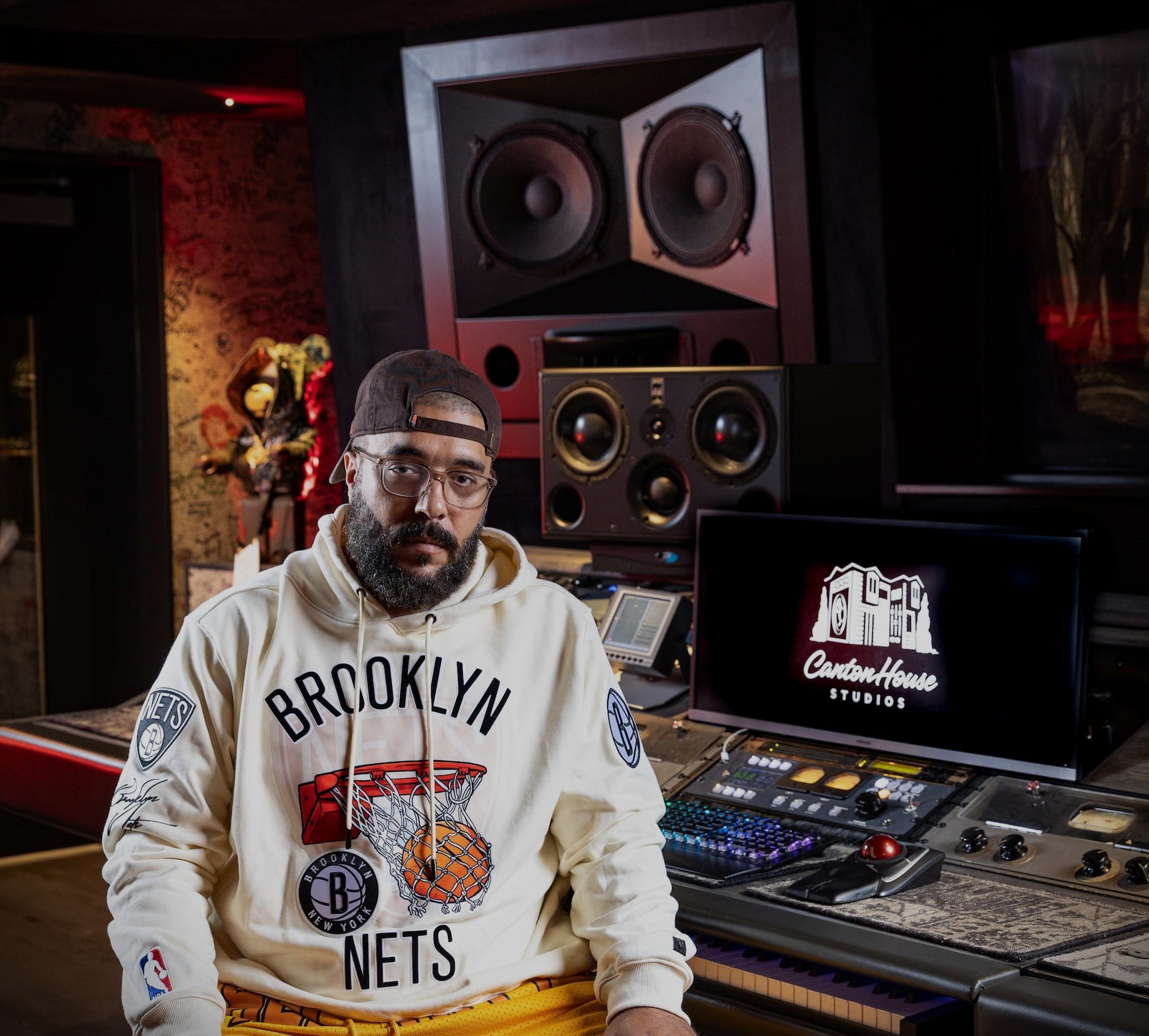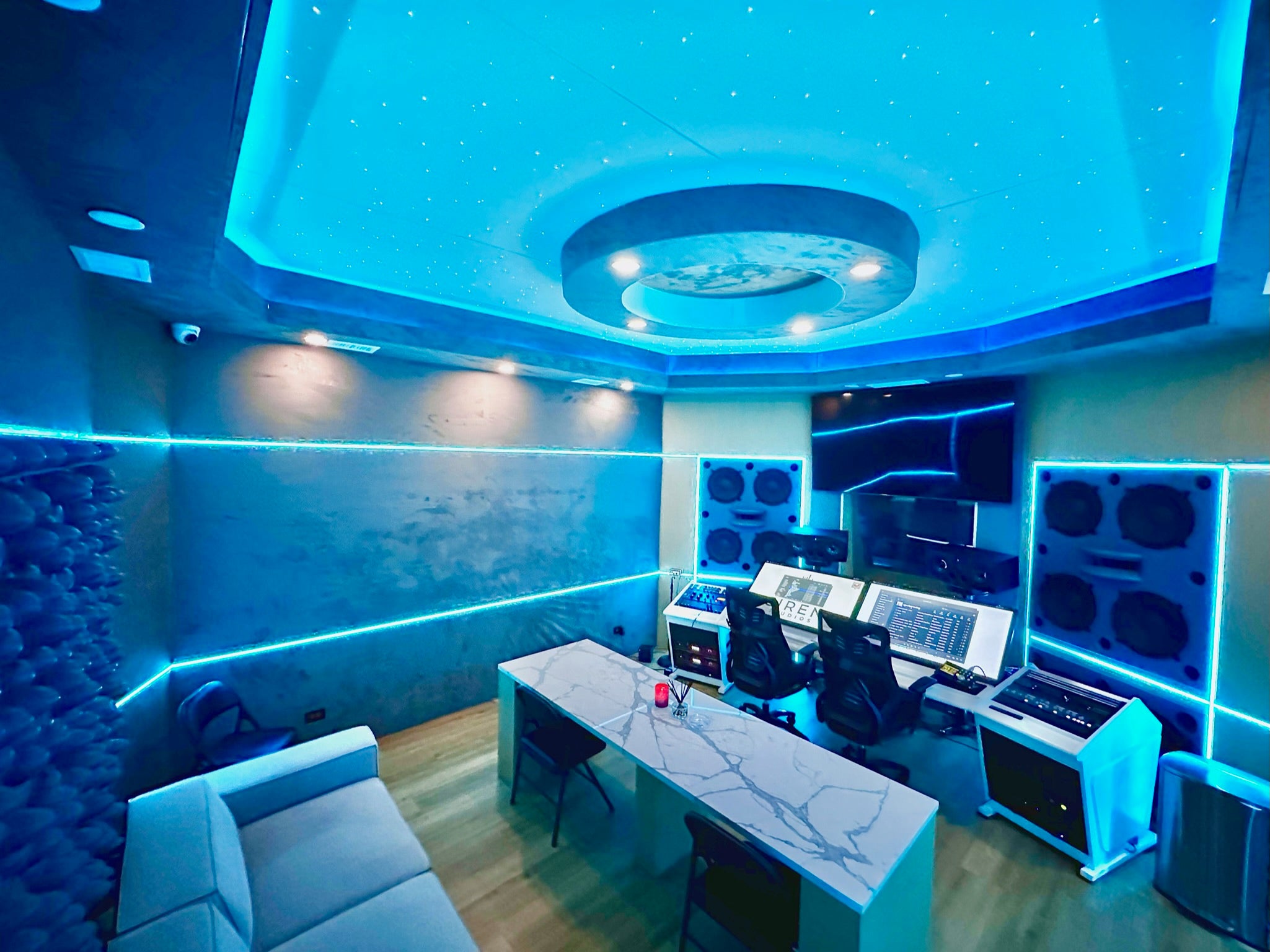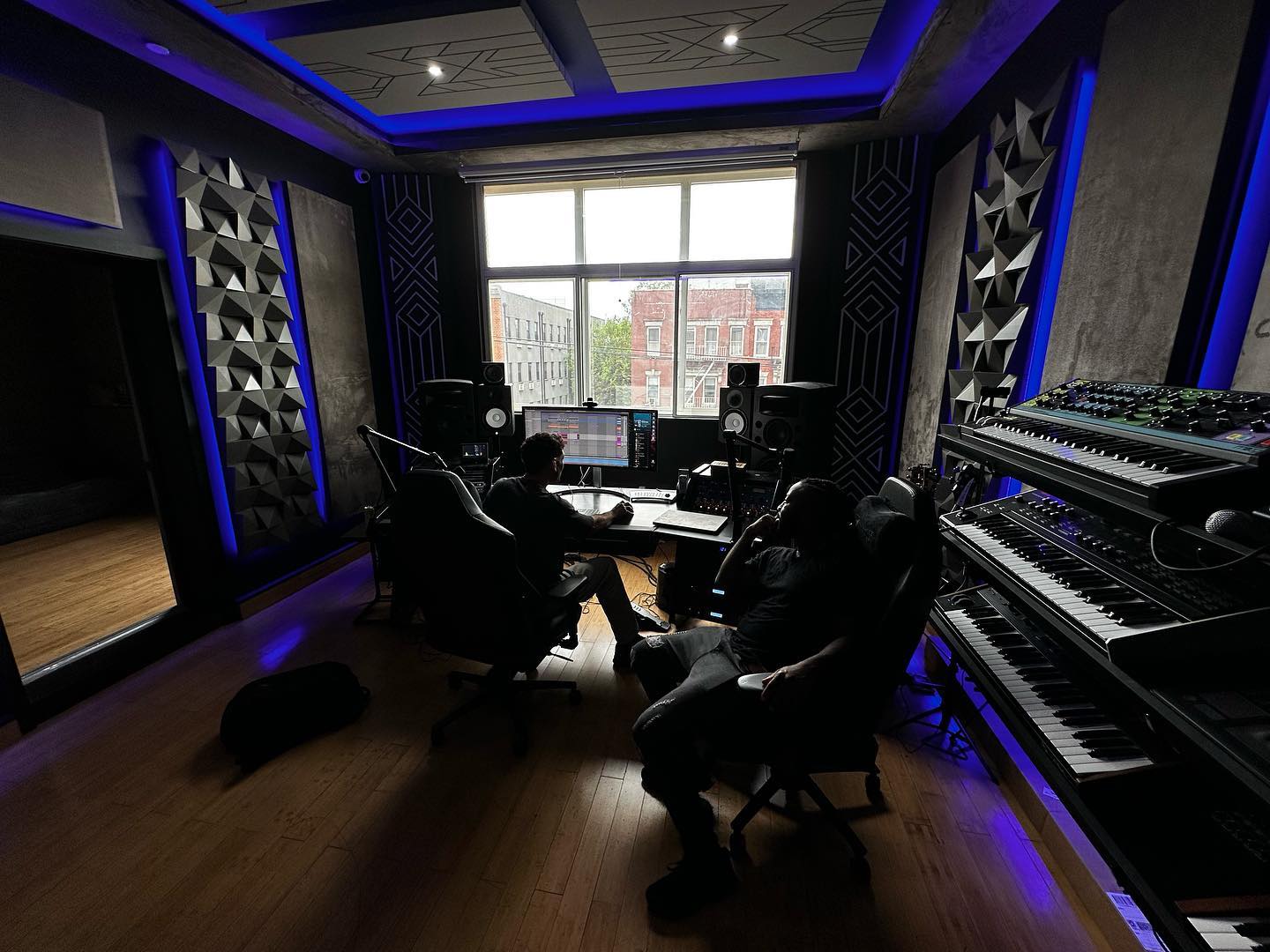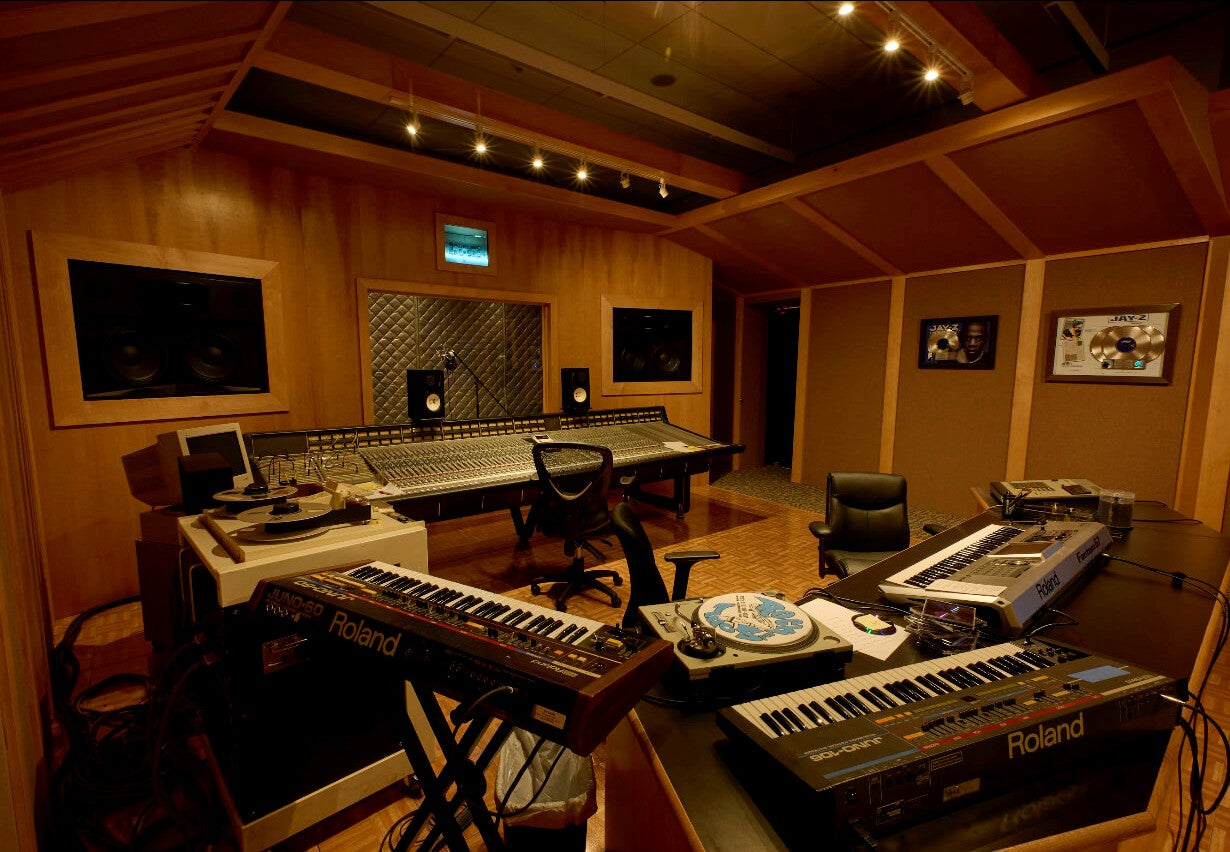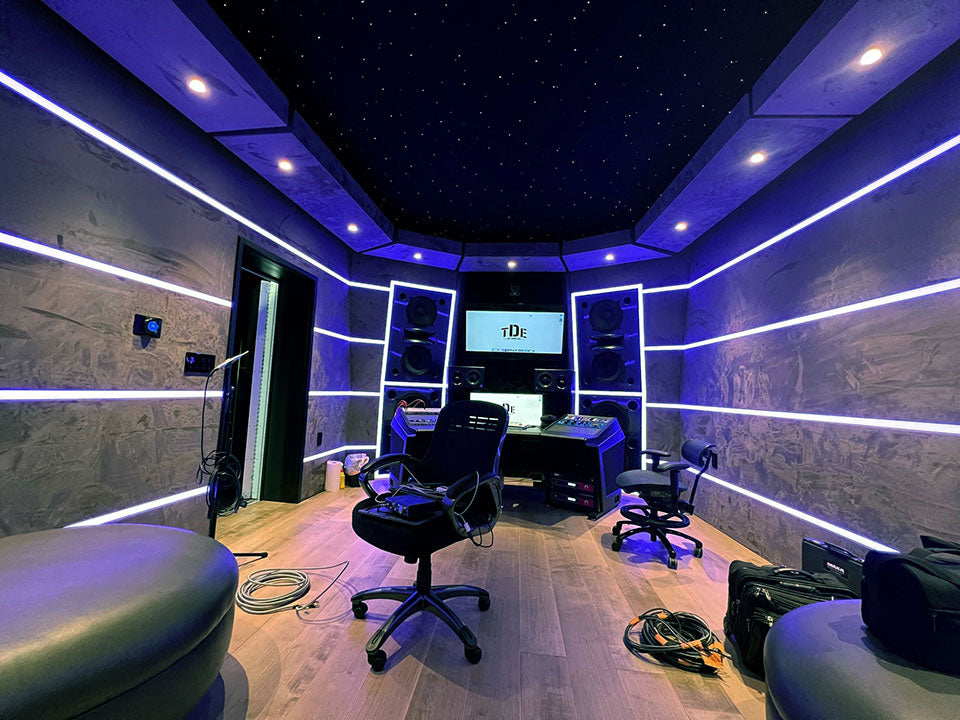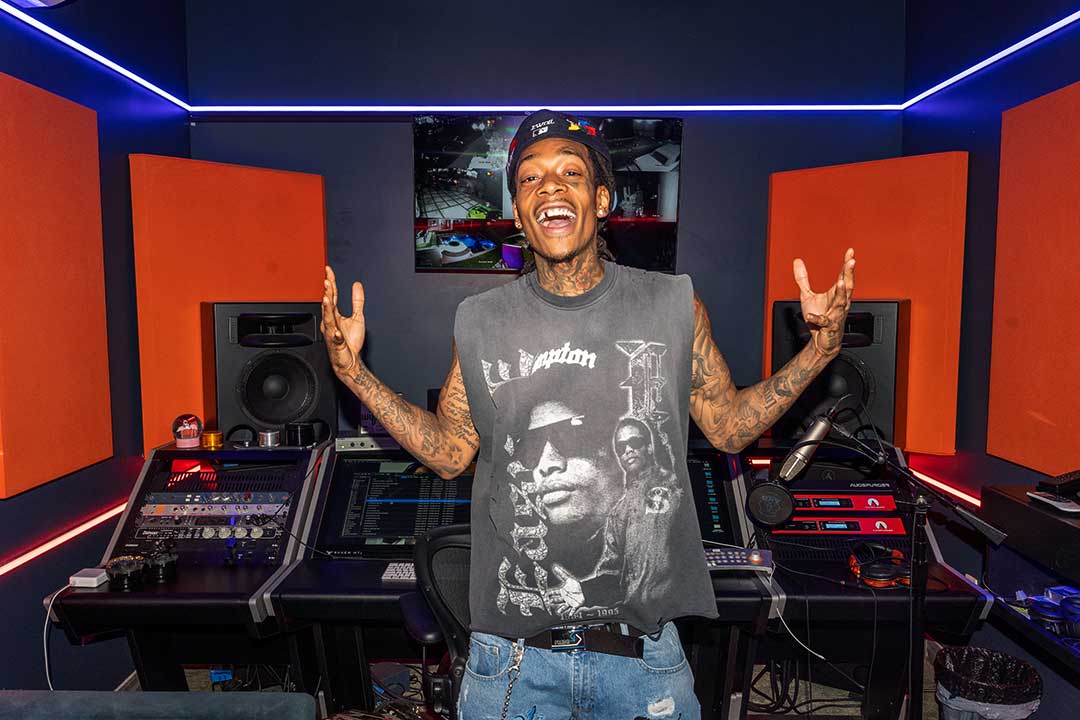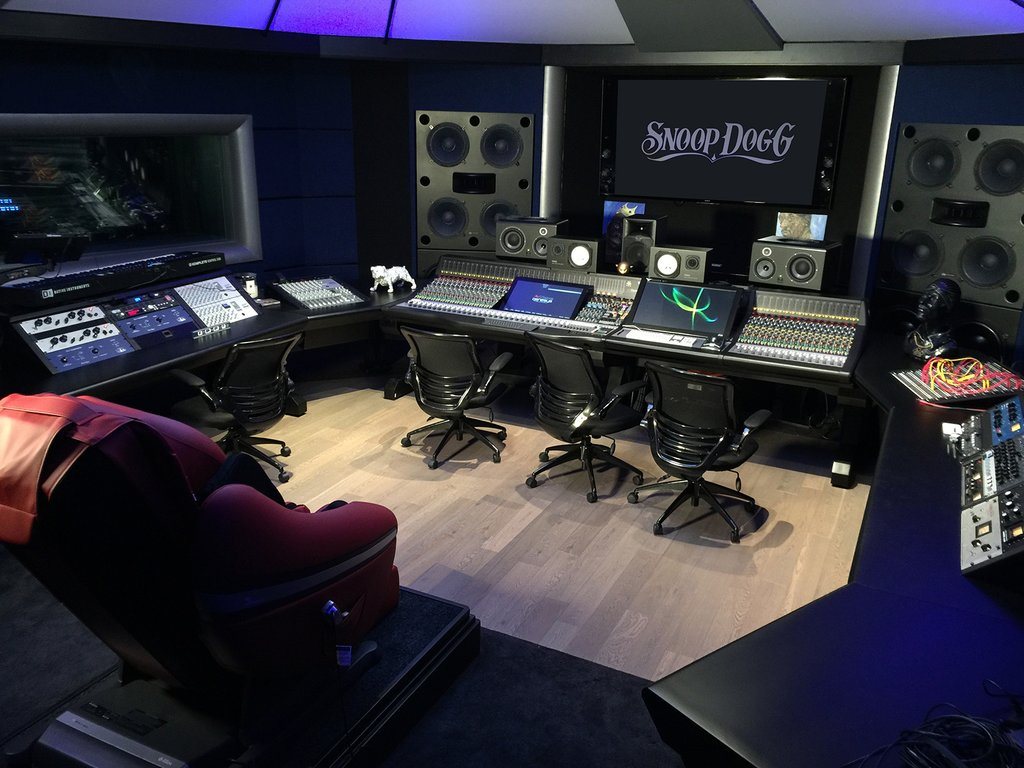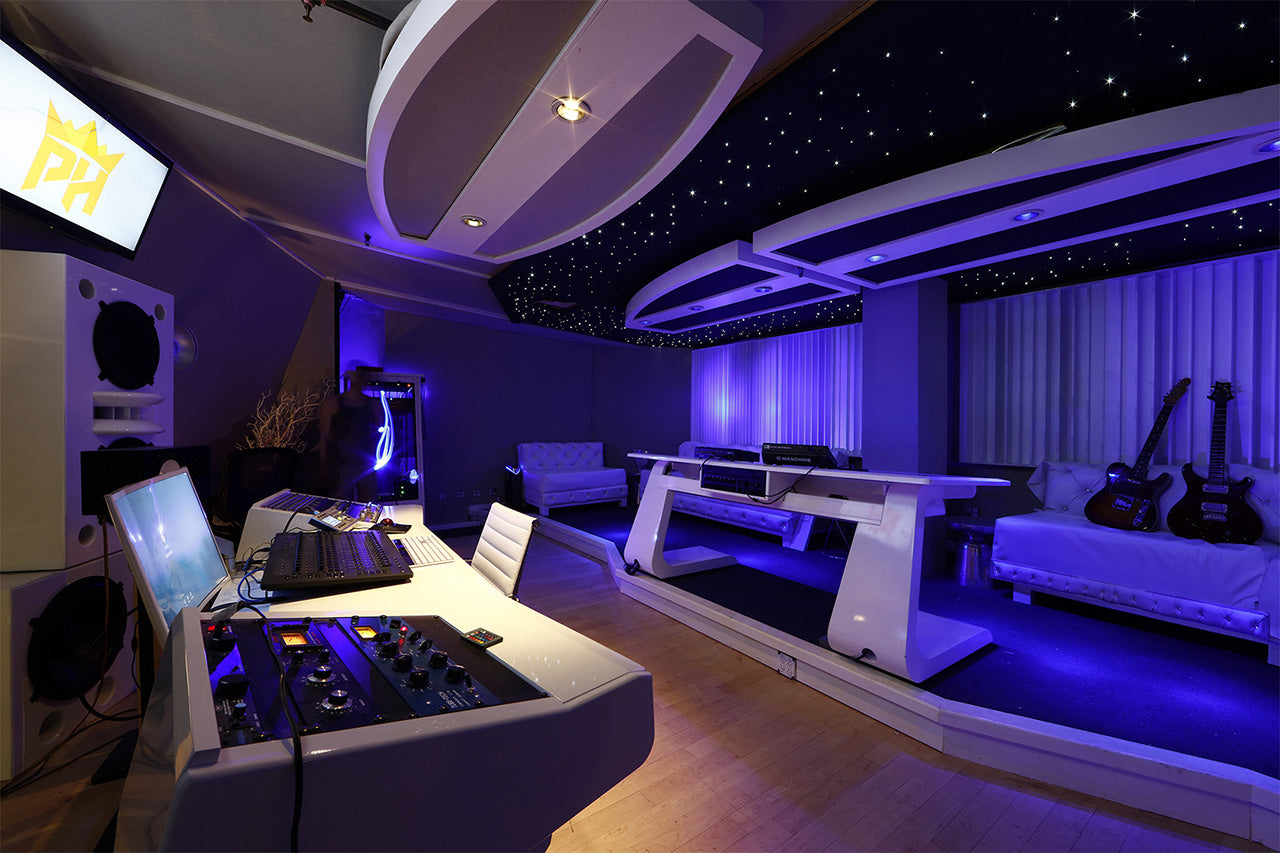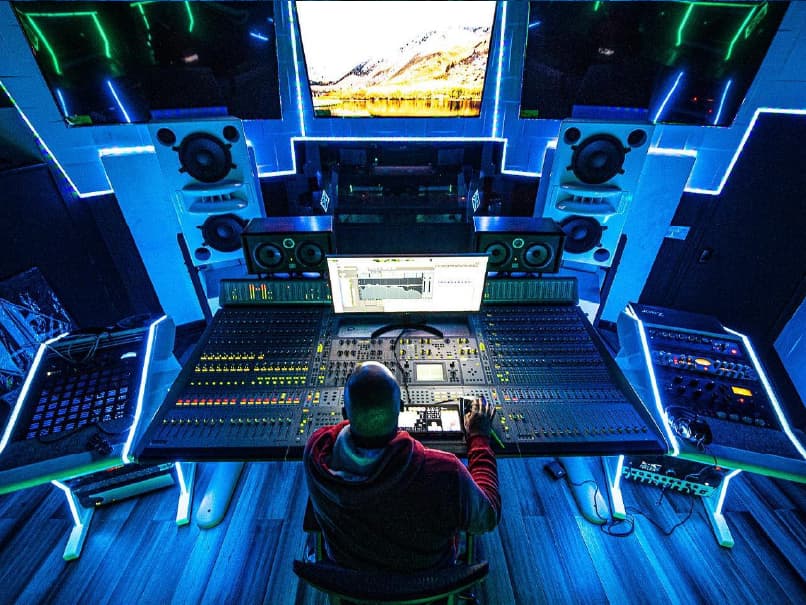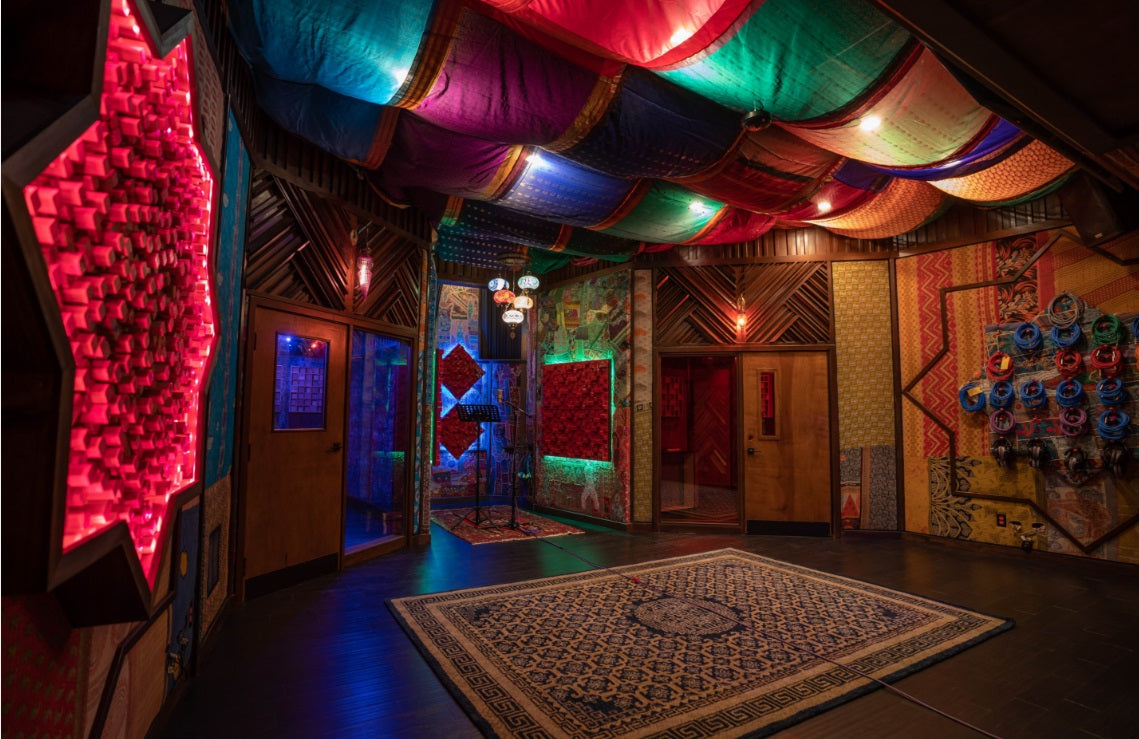
That Neve console that features prominently in your fantasies is not as out of reach as you might think...
So that $50-100k is just burning a hole in your pocket and you can’t decide whether to pop for a large-format control surface, that according to lore can read Pro Tools’ mind, perhaps a fully restored Neve 8068 with 1073s, 1084s, and 2254 bus compressors, or maybe a new Neve BCM10/2 Mk2.
Complete domination of Pro Tools is nice, but $50k won’t get you any more than 16 faders and five knobs per channel on an S6 M40. A 32-fader system is $110k (for a big freakin’ mouse you say? Well, it’s much more than a mouse but that’s a discussion for another day). Of course, if you go analog, there’s that incredible Neve sound but no automation, and with today’s track counts, it becomes more of a stem mixer than a console (unless you’re tracking as well). If you do go for the sonics of the analog desk, you’ll probably set up an editing workstation perpendicular to the console with a controller and monitor (large or small, there’s no escaping the mouse). Not a bad proposition if you don’t mind mixing in mono with an Auratone cube, but if you’ve got one dual-woofer monitor blasting in your ear...well apart from the dull ache from sound pressure firing directly at one side of your bean, you’re mixing in stereo with one ear. That may work for David Pack (Ambrosia, Alan Parsons Project) but he doesn’t do it by choice.* (Plus you may wind up with a problem similar to David’s).
No, not that Genesis, this Genesys
Of course, there’s a third option: The Neve Genesys Black, a very versatile digitally controlled analog console with direct DAW control and that classic Neve sound we were talking about. With a Genesys Black, you can go back to sitting in-between your monitors as Saraswati, Hindu goddess of music intended, with a central control screen that sits below the monitors, out of the way of their positive-going acoustic excursions (that’s slang for “pushing air”), thus eliminating reflections off the computer monitor. But that’s not all that’s front and center in your control room.
The Genesys Black forms a fully integrated centralized bridge for your personal Enterprise (Sulu, take us out of here), starting with eight channels of classic 1073 mic/line preamps, 16-channels of DAW/tape monitoring, hands-on control for Pro Tools, Nuendo, and other DAWs (Mac/PC), eight channels of digitally controlled 88R-style 4-band EQ, eight channels of VCA dynamics (optional), and channel ADA conversion up to 96kHz over MADI, AES, and FireWire. There are also 24 motorized faders, six aux buses (4 mono, two stereo) eight group buses, two main outputs with faders, four effects returns, comprehensive metering, 5.1 monitoring, two cue mixes, talkback, USB stick storage and reset, plus an internal power supply.
*David Pack, whose mentors were Leonard Bernstein and Quincy Jones has been 100% deaf in one ear for over 35 years. In that time he has worked with artists too numerous to mention, including Barbara Streisand, Phil Collins, Aretha Franklin, Toto, Steve Perry, Chick Corea, Steve Vai, and the list goes on.
Power & control issues
As we mentioned earlier, using a computer keypad and mouse can be clumsy at best with an analog desk. However, the Genesys Black puts keyboard and mouse along with transport controls in a molded armrest in front of the faders. Instead of EQ controls inline on each channel strip, while admittedly eliminating an engineer’s customary lower back workout and stretching exercises, EQ and dynamics are controlled by four knobs and two rows of buttons in the center section within easy reach. Not only can you make digital adjustments of analog Neve EQs and dynamics plug-in-style on the control screen, you also have total recall of those settings as well. Not something that you get with a large-format analog desk.
Generally, with a control surface-based hybrid system, we’re talking outboard preamps, multi-channel converters, MADI card, maybe a separate ADA converter with AES3 I/O dedicated to outboard effects, possibly a summing mixer, and the joy of software routing in at least three software systems (for example, studio connections in Nuendo, the ADA’s Control Panel, the MADI card’s router/mixer), and of course, all the resultant confusion and mousing setting up routing to create a cue mix, for example. And when the clock is ticking and an artist is losing their muse, having to figure out not only why there’s no sound, but where there’s no sound starts to feel like that dream where you have no clothes on and everybody else is dressed (unless you like that dream, in which case; the dream where you’re sinking in quicksand).
The Genesys Black gives you one-touch access to essential controls, no pounding through menus. Plus, you have fast and easy access to two cue mixes right on the console, so you don’t have to futz with two or three different software control screens only to find you may not have enough level available for say a vocalist in the software mixer, or you experience playback distortion when you boost software levels. In such a case, the only option is turning down instrument channels in relation to vocals, which loses the impact of the mix (digital gets fuzzy and loses punch at low volumes, analog doesn’t), leaving the vocalist with a less-than-inspiring cue mix.
With the AMS Neve Genesys Black, everything you need for music production from the womb to the tomb sits right in front of you—no machine room necessary, no complicated power-up sequences, and no rear-racks full of spaghetti connecting it all together. Sadly, it won’t provide an alternative heat source for your control room in the winter, like the old Focusrite Forte console did at Electric Lady, but on the plus side, your air-conditioning needs and electric bill will decrease significantly. And, since versatility is the name of the game in our industry, the Genesys Black is also eminently suited to post-production, giving you the ability to mix and monitor in 5.1 on two sets of monitors, plus LCR panning, bass management, and fold-down.
What if I outgrow my Genesys?
One of the bigger selling points of control surfaces is their modularity. You can custom-configure your system and upgrade knobs, faders, and process modules, building out the surface as needs dictate. The Genesys Black is also modular, enabling you to add more 1073 mic/line channels and faders. As your business expands (and it surely will with Neve prominently displayed in your control room) so can your Genesys Black, all the way up to a 48-fader, 96-input big dog. Other options include upgrading to digitally controlled, analog Neve 1084 Classic EQs, VCA-style digital control of analog dynamics, and Neve A/D-D/A converters for the monitoring section.
So what will this set me back?
For a system roughly equivalent to a Neve Genesys Black, a 24-fader Avid S6 M10, which has no meter displays (apart from the master module) and a rack of eight 1073s would set you back $46,995 for the S6, plus an additional $21,450 for the 1073s. Granted the S6 has much deeper control of Pro Tools, but the Genesys offers all of the functionality of an automated analog desk and more, with control of the most used DAW features, all combined into one central unit, including MADI, AES3, and ADA conversion, and you know, 1073s. If you’re working in the box, hit the DAW button on the Genesys and all faders control your DAW, so, even if you’re starting out with an 8-channel Genesys Black, you can still have a 24-fader, touch-sensitive control surface—all for $19,195 less than the mid-size control surface and eight channels of classic Neve 1073s, and we haven’t even figured in converters or MADI card. Did we mention that the control surface is not upgradeable beyond 24 faders? No?
Be aware that while we’re comparing costs, this is not a debate between large-format control surface vs. console and which is better. Each has its advantages depending on the type of work you’re doing. If the focus of your work is mixing large projects in Pro Tools ITB, a control surface makes more sense. However, if your work is divided between tracking and mixing, in essence, doing the things consoles evolved over the years to handle efficiently, the Neve Genesys Black is a no-brainer—and as we’ve pointed out, far more budget-friendly than you would suspect from a piece of kit that proudly bears the name, “Neve.”
For more information and assistance integrating an AMS Neve Genesys Black into your studio, call or chat online with your PAD Professional today.